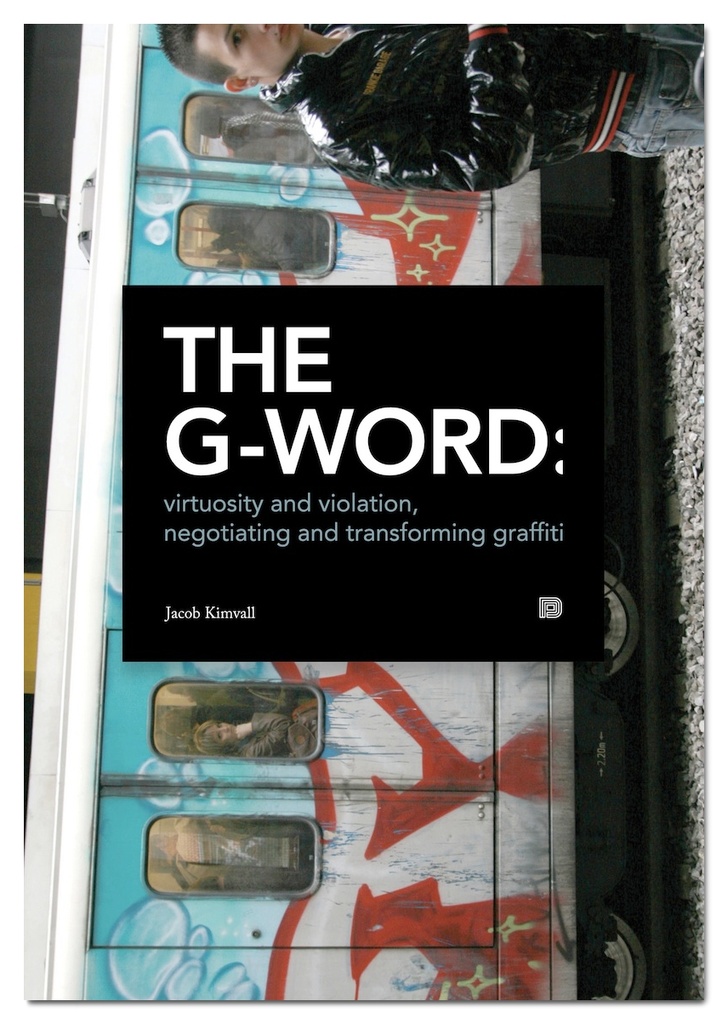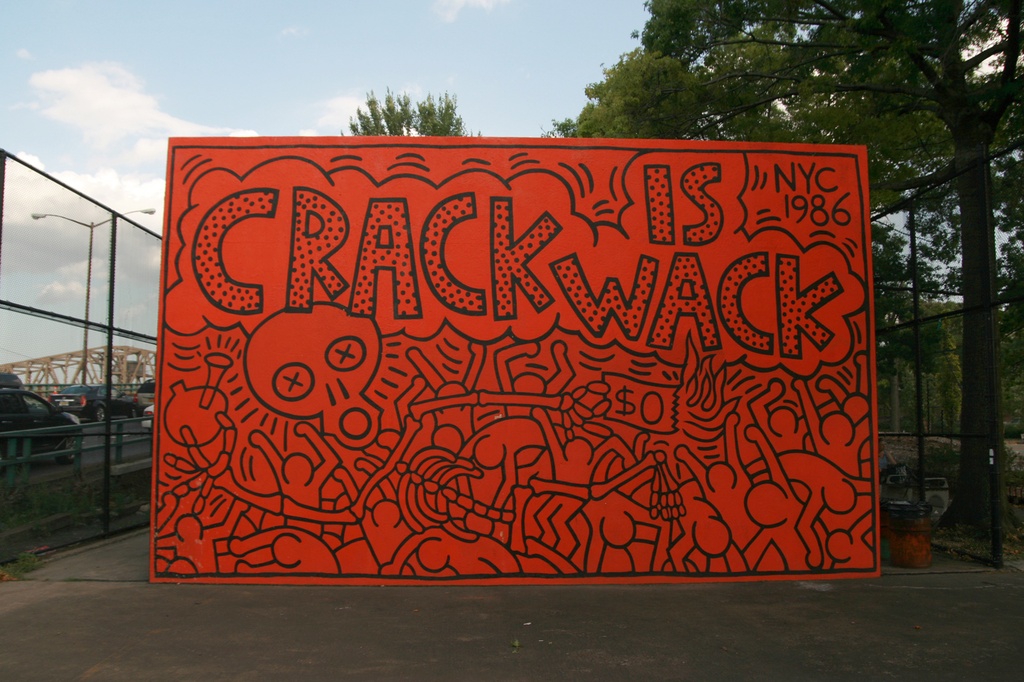Why does the CIA praise graffiti as a colorful symbol of the optimism and hope of the Western World while officials in many cities describes the same phenomenon as a criminal activity and a representation of unsafety and social problems?
Graffiti is a word used to denote a complex system of actions and things, which is often described as a singular phenomenon. Graffiti has been understood and evaluated in many ways, often opposing each other. Graffiti may therefor both be evoked as one of the most influential art movements on the planet, and dismissed as something that destroys private property and turns a neighborhood into slum. It is hailed as a modern day childhood adventure and denounced as gang related criminality.
In his Ph.D. thesis The G-Word, art historian and former graffiti writer Jacob Kimvall studies different ways of describing and framing graffiti in four historical and cultural contexts: The graffiti writing on the Berlin wall; the Zero Tolerance on graffiti in Stockholm during the 1990s; The interactions between subcultural graffiti and the cultural and commercial interest of the institutional art world in the 1970s and 80s; The collecting, organizing and publishing of images by graffiti enthusiasts.
The G-Word visualize how different institutions, public and commercial interests have acted to influence and affect the understanding of graffiti as both art, crime and a broad socio-cultural phenomenon.
Jacob Kimvall is a Swedish writer and art critic, currently working as lecturer in Art History at The School of Culture and Education, Södertörn University.
He is specialized in art in the public spheres and have a particular interest in graffiti- and street art. The interest in this subject started as a teenaged graffiti writer in the 1980-ties. His professional path into in these fields however started in 1992 when he co-founded Underground Productions (UP), an international magazine focusing on graffiti and related cultural expressions. He worked as one of the magazine’s editors throughout the 1990-ties.
His 2014 PhD-thesis in Art History at Stockholm University is called THE G-WORD: Virtuosity and Violation, Negotiating and Transforming Graffiti examines the historiography of graffiti and suggests that this subcultural phenomenon should be understood as jointly produced by subcultural and institutional agents.. As a lecturer he has had long term affiliations with Konstfack University College of Arts, Crafts and Design, and Berghs School of Communication.







